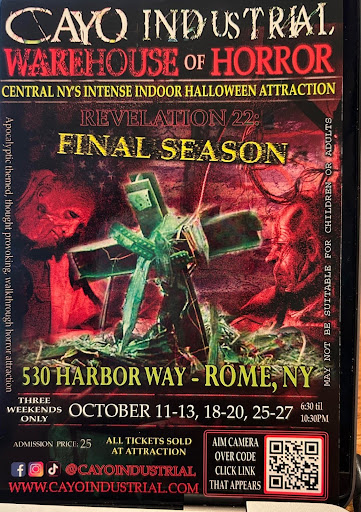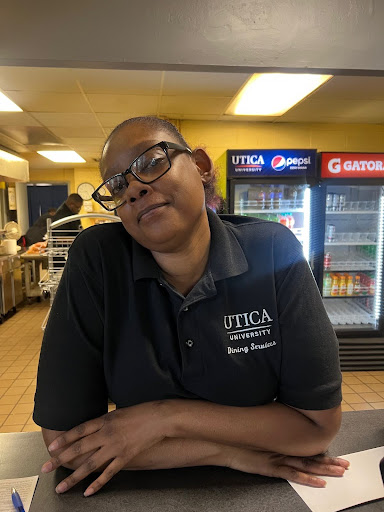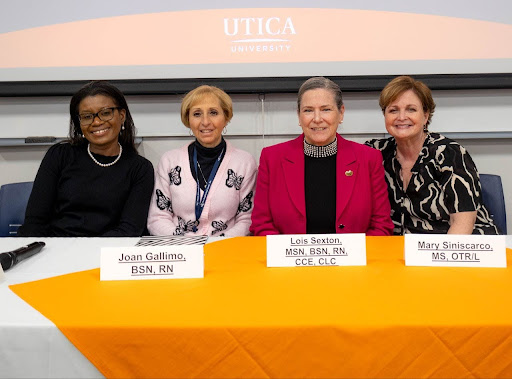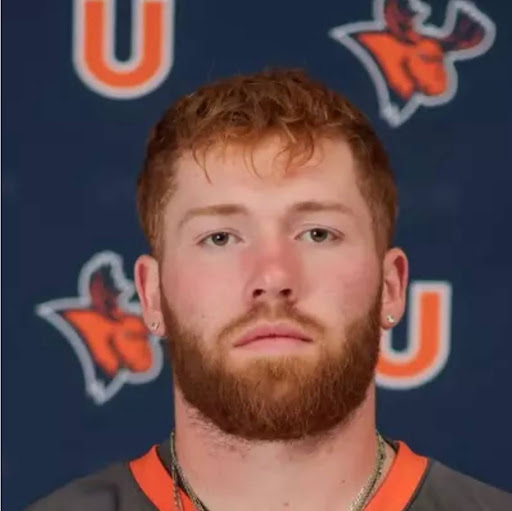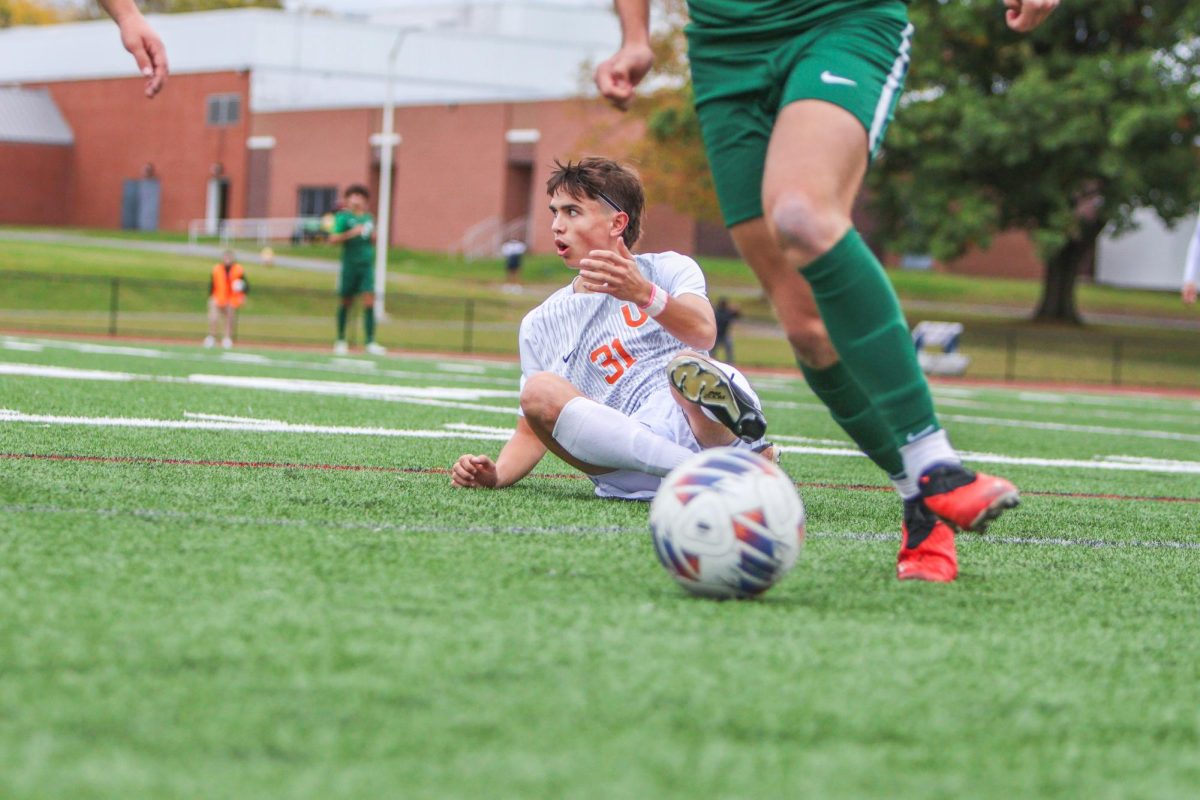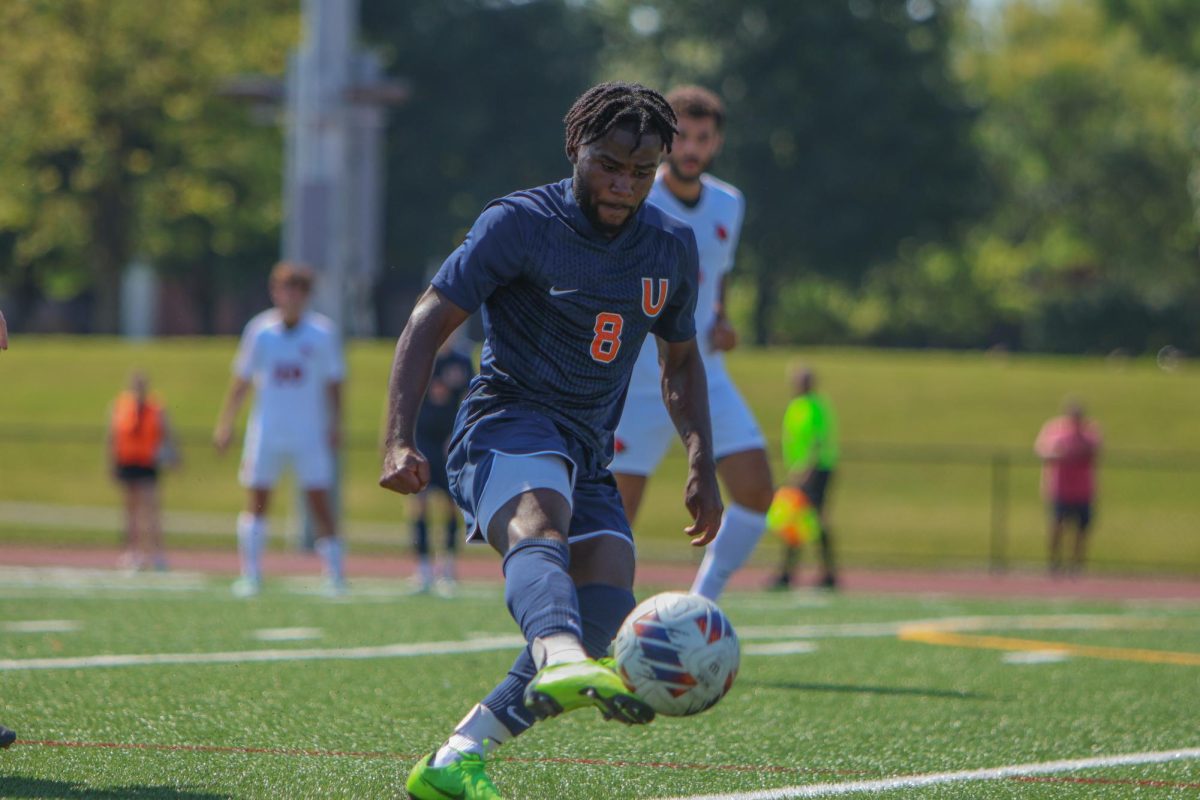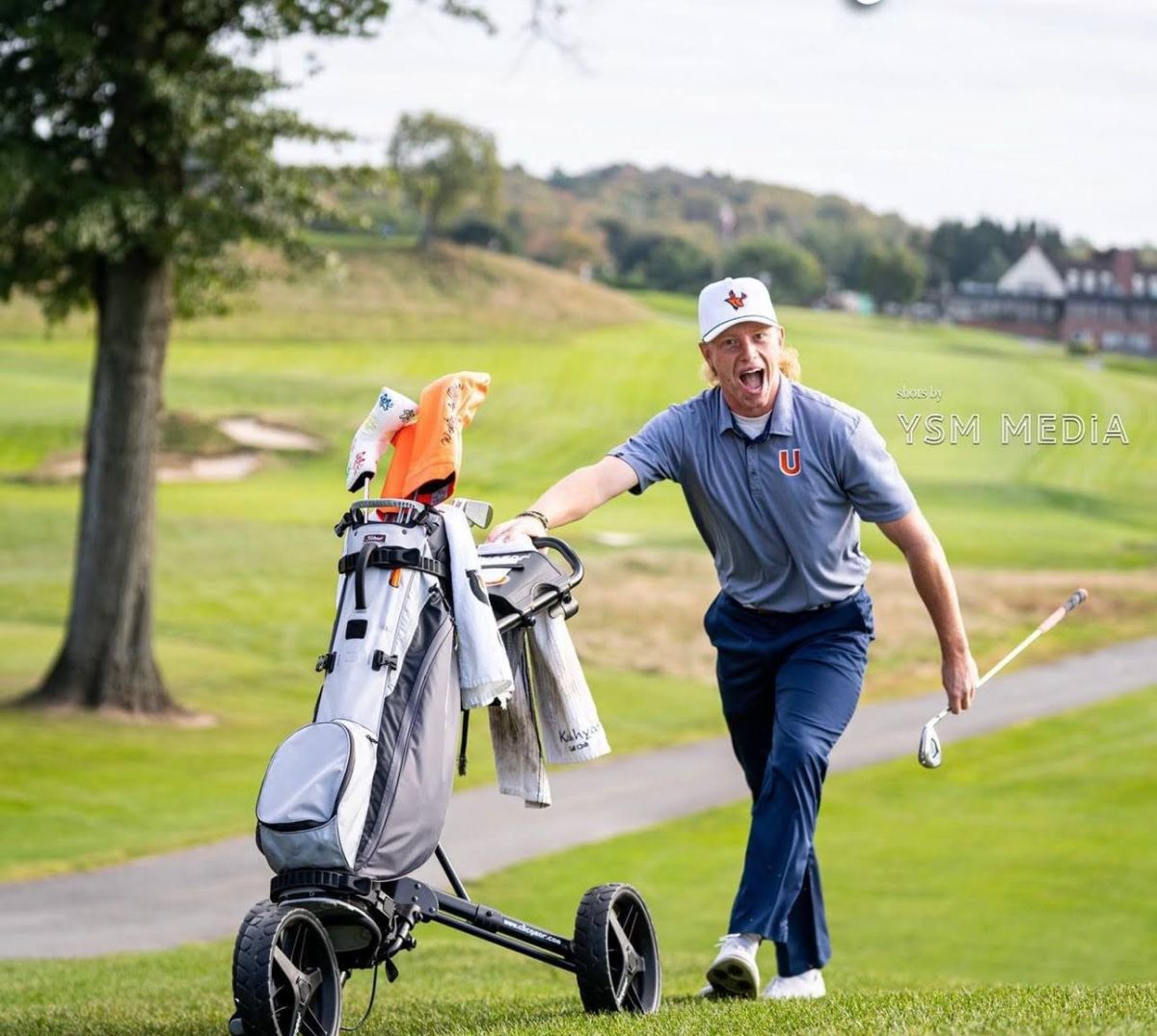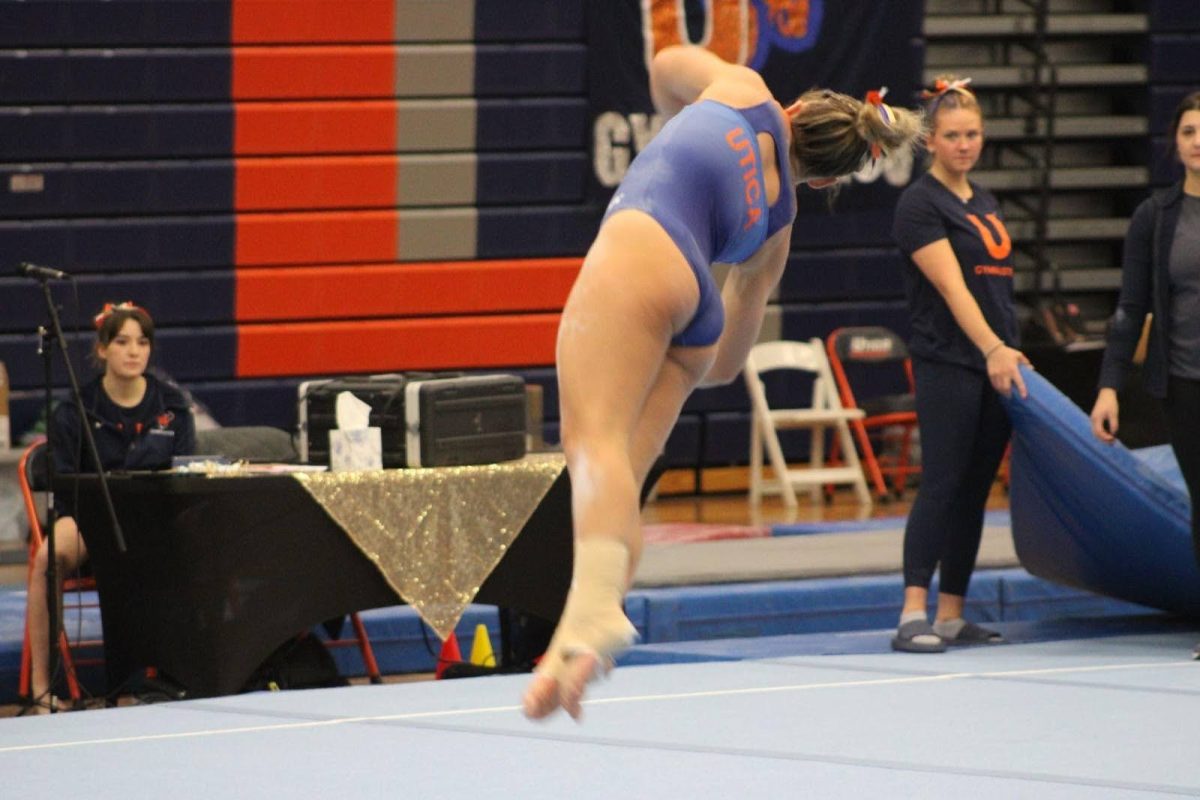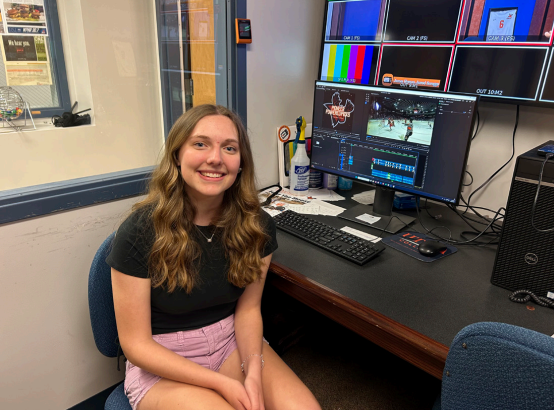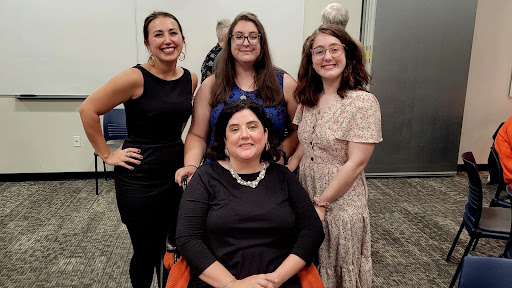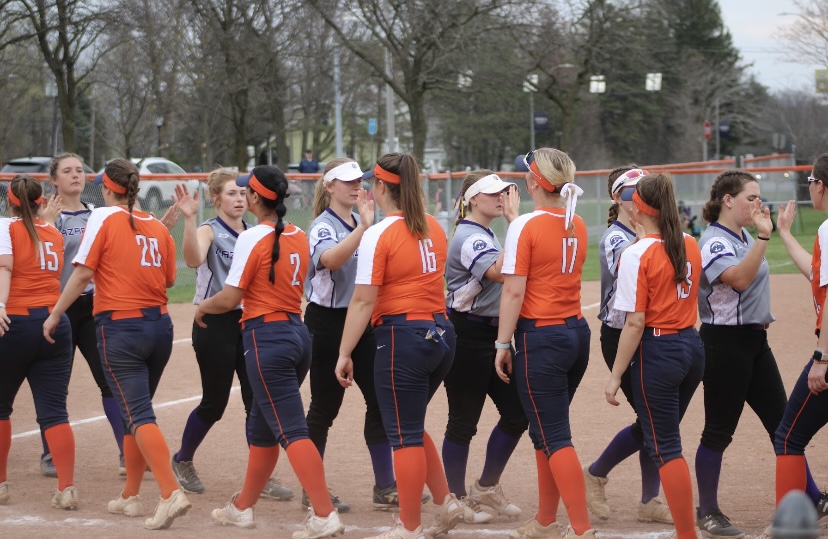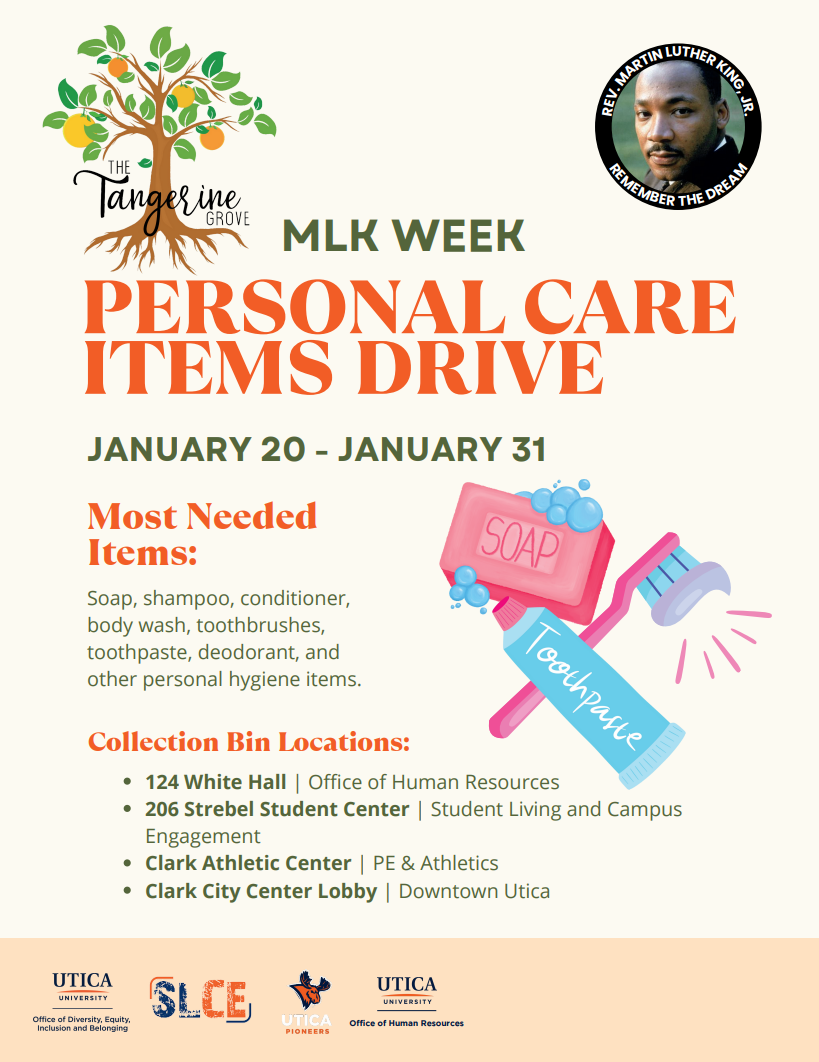The death of 60-year-old Mary Yoder, was seen as shocking to some. After not knowing her cause of death, a jury found that 24-year-old Kaitlyn Conley had poisoned her. As a result of this, Conley was convicted of first-degree manslaughter in 2017. On Jan. 11, 2018, Conley was sentenced to 23 years in prison. She worked under Yoder, and dated her son Adam Yoder.
In September, the case turned up again when it was announced that the television show “Forensic Files” wanted to focus an episode on it. This shed light onto UC.
Conley’s connection with UC goes back to 2016, when she took classes from the State of New York Polytechnic Institute and Utica College, where she received her Bachelor’s degree in Business.
Conley also worked as an office manager in a chiropractor’s office. She also cared for an elderly person, spending hours with her, helping her clean, cook, and run errands for her.
Conley, now just short of turning 26 years old, has been in the corrections system for almost two years.
Anthony (Tony) Martino, is the director of the Northeast Cybersecurity and Forensics Center (NCFC) at UC. He examined the digital evidence in the Conley case and testified at her trial.
The NCFC operates a full scale forensics laboratory, where it is staffed by Martino, graduate assistants, and student interns. Law enforcement personnel also come and go in the laboratory. He said that the staff does casework for the prosecution, defense and for attorneys, but said that it was not unusual for the forensics from the Conley case to have been done there.
“This case has been interesting, because I think the main thing has really been the interest of a young girl who is a suspect in a murder case, that’s unusual all by itself,” Martino said. “The twists in the case really lend themselves to television, so the fact that it appears as this unknown death, that eventually turns into a homicide, there was some suspicion of the husband at one point, and that was disproven, and then it eventually comes back to Kaitlyn Conley, and that’s proven obviously, so television loves twists.”
Martino said that many interviews were done in this case, and also said that other shows such as “Dateline,” covered this case. He believes that because of this case making circuits, it lead right to Forensic Files.
“They were great to work with, very professional,” Martino said. “They brought basically a whole TV studio with them, and they came very well-prepared, with questions ready to go, and from the minute they walked in, they knew exactly what they wanted.”
Martino said he is only one piece of this case, and filmed with them for about four hours, when an entire episode is only 30 minutes long.
“One of the things that you always are concerned about is the factual the representation will be in the story,” Martino said. “In the digital forensics world, we constantly deal with what we call ‘fact-based testimony,’ it’s pretty rare that I testify about opinions.”
Martino said he always has a concern that facts are maintained, but thinks the “Forensic Files” team seemed very intent on that, and have a good reputation with a show that does not take too much artistic license with these cases.
He said there is continued interest in this case, and that it hits some nerves.
Martino described it as not being an average case, especially since it has gone to trial twice, with a hung-jury the first time and the conviction the second time.
“One of the things we always learned about this case, but knew after the mistrial, is that the digital evidence in this case was voluminous, but it was also complicated,” Martino said. “There was certainly a distinct strategy by the prosecutors in the second trial, to spend more time laying out the digital evidence piece by piece, connecting the dots for the jury and getting into deeper detail about what this means.”
Martino also said that for this case, there were no eyewitnesses or confessions and most cases hinge on one of those two things. However, there was circumstantial evidence that played a role, as it was found that Conley researched chemicals such as thallium, which is a deadly chemical. She researched how much colchicine it takes to kill someone, as well as others.
Martino stressed that the forensics were all done here and that students played a crucial role.
“There are so many situations that could have caused Mary Yoder to be killed and no one be held accountable for it,” Martino said. “It just wasn’t a slam dunk and frankly without the hard work of the detectives from the sheriff’s department and from the district attorney’s office, she would have never been charged.”
Martino said this case could have been easily written off concluding that Yoder had a heart attack or her organs shut down. He said the original autopsy was inconclusive and showed no reason for her death.
Martino said some supporters of Kaitlyn Conley have been extremely vocal in the media and elsewhere about their opinions of the case, rather than the evidence in the case. He said he thought that might have brought some attention to the media as well.
“Throughout both trials, the work done by some of the Utica College forensic students was absolutely critical as well,” Martino said. “There were over 30 devices seized in this case and processed, and an estimated 30 million computer files total throughout all the devices.”
Martino also said he understands why “Forensic Files” did not rush into this case when it ended. He said it’s probably more than a full-time job for them to constantly find material to keep the show going.
“I also suspect that some of the waiting is intentional, as you want to make sure that everything settles in,” Martino said. “You know, the case actually happens, the verdict is the verdict, and there’s no surprises within the next few weeks.”
He said the earliest the episode is set to air, is in February, but possibly later.
“This is probably the best free marketing that the college is ever going to get,” Martino said. “We have a show that is viewed internationally, but it’s so targeted. I suspect we are going to see a lot of potential students look at Utica College whom may have not known we were here before.”
Sophomore and nursing major Hannah Camfield followed the case, but had not heard about the upcoming Forensic Files episode.
Camfield said if she has free time, then she will watch the episode.
“It’s interesting to hear about the many ways that DNA and forensics can be used,” Camfield said. “Especially in a case like this, where there were many twists and turns.”
Senior and fraud and financial crime investigation major Katherine Thompson is an avid fan of “Forensic Files.” She heard about the episode on the Conley case through one of the college’s social media accounts.
Thompson said she is looking forward to the episode.
“It’s also great publicity for the college, but especially for our criminal justice programs,” Thompson said. “Just knowing that the forensics is done on the same floor where I have some of my classes is pretty neat.”
Thompson said that she did not follow the case strongly, but heard about it through friends and family.
“From what I know, this case seemed to be very complex and difficult,” Thompson said. “I think that is what made it worthy of a Forensic Files episode though.”
For more information regarding Martino’s testimony, visit: https://ocgov.net/distatty/KaitlynConley
































